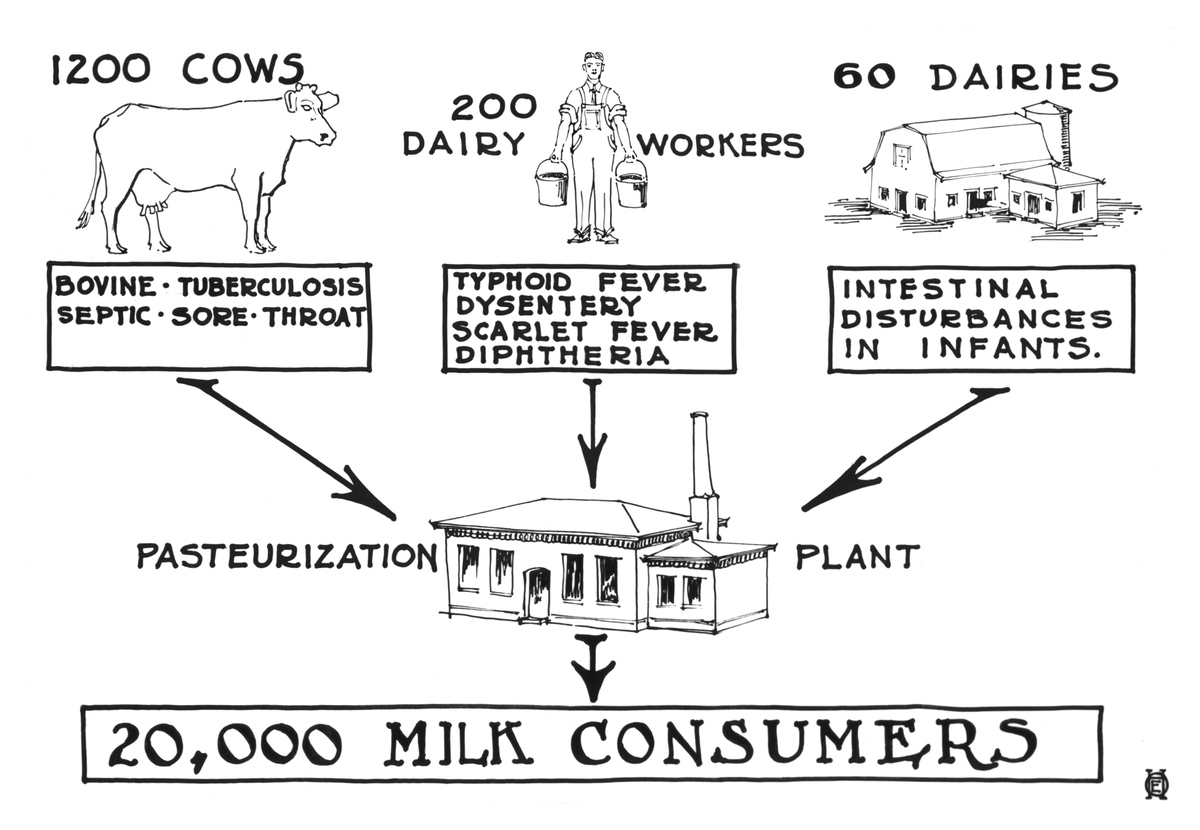How can the WRF model be used to quantify the impact of urban roughness on precipitation including frictional effects terrain effects vortex stretching effects baroclinic effects and radiative cooling
The Weather Research and Forecasting (WRF) model can be used to quantify the impact of urban roughness on precipitation by running simulations with different urban parameterizations and comparing the results to observations. The following are some factors that can be considered in the simulation:
-
Frictional effects: Urban surfaces are typically rougher than natural surfaces, which can increase the surface drag and affect the boundary layer dynamics. This can lead to changes in the vertical mixing of moisture and heat, and alter the precipitation patterns. The friction velocity (u*) is a key parameter that characterizes the surface roughness, and can be calculated with the Charnock formula:
u* = C_d * sqrt(u_w^2 + v_w^2)
where C_d is the drag coefficient, and u_w and v_w are the horizontal wind components at the lowest model level.
-
Terrain effects: Urban areas often have complex topography and can create local circulations that interact with the larger-scale flow. The WRF model can incorporate high-resolution terrain data to capture these effects. The terrain-following coordinate system (eta) is used in WRF to account for the vertical variation of terrain height.
-
Vortex stretching effects: Urban areas can enhance vortex stretching, which can intensify vertical motion and enhance precipitation. This can be modeled by adding a vortex stretching term to the momentum equation:
d(u)/dt = -f * v + (1/rho) * dp/dx + (1/rho) * tau_x + Fx
where f is the Coriolis parameter, v is the vertical velocity, rho is the air density, dp/dx is the pressure gradient, tau_x is the surface stress, and Fx is the vortex stretching term.
-
Baroclinic effects: Urban areas can also affect the baroclinic instability, which can lead to enhanced precipitation. This can be modeled by adding a baroclinic term to the vorticity equation:
d(omega)/dt = (u dot grad) omega - f * div(u) + Q
where omega is the vorticity, u is the wind vector, f is the Coriolis parameter, div(u) is the divergence of the wind vector, and Q is the baroclinic term.
-
Radiative cooling: Urban areas can also modify the radiative balance of the atmosphere, which can affect the surface energy budget and alter the boundary layer dynamics. This can be modeled by adding a radiative cooling term to the energy equation:
d(T)/dt = -1/c_p * div(F) + Q_r
where T is the temperature, c_p is the specific heat at constant pressure, F is the radiative flux, and Q_r is the radiative cooling term.
Corresponding Python calculation code for the above formulas can be found in the WRF model documentation and user guides. However, it should be noted that running the WRF model requires significant computational resources and expertise, and the results should be carefully validated against observations to ensure their reliability and relevance

原文地址: https://www.cveoy.top/t/topic/eFwk 著作权归作者所有。请勿转载和采集!